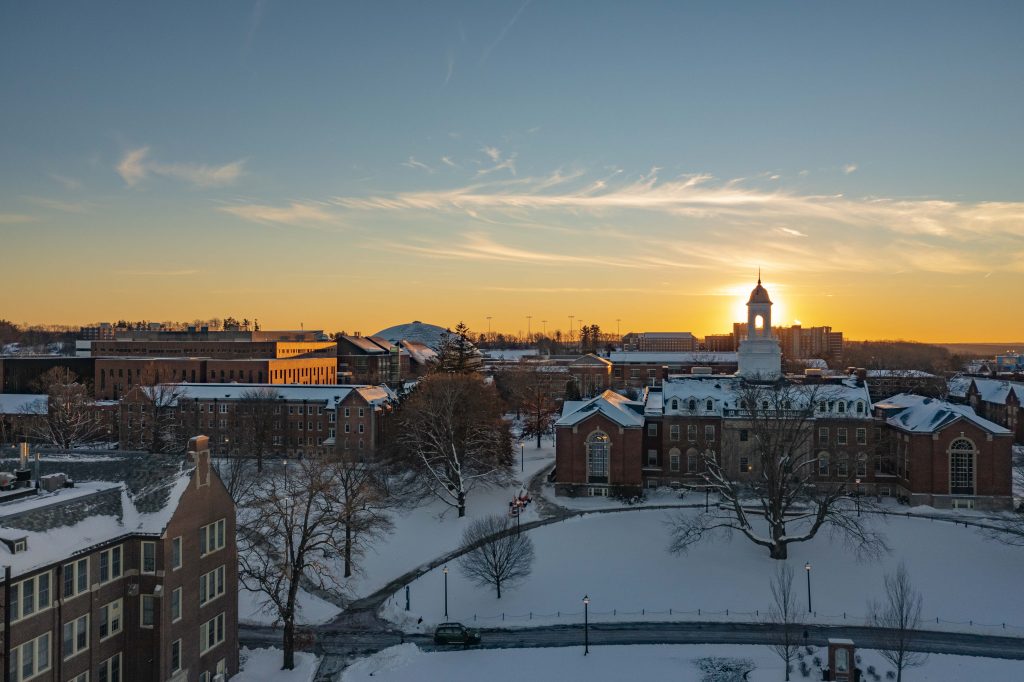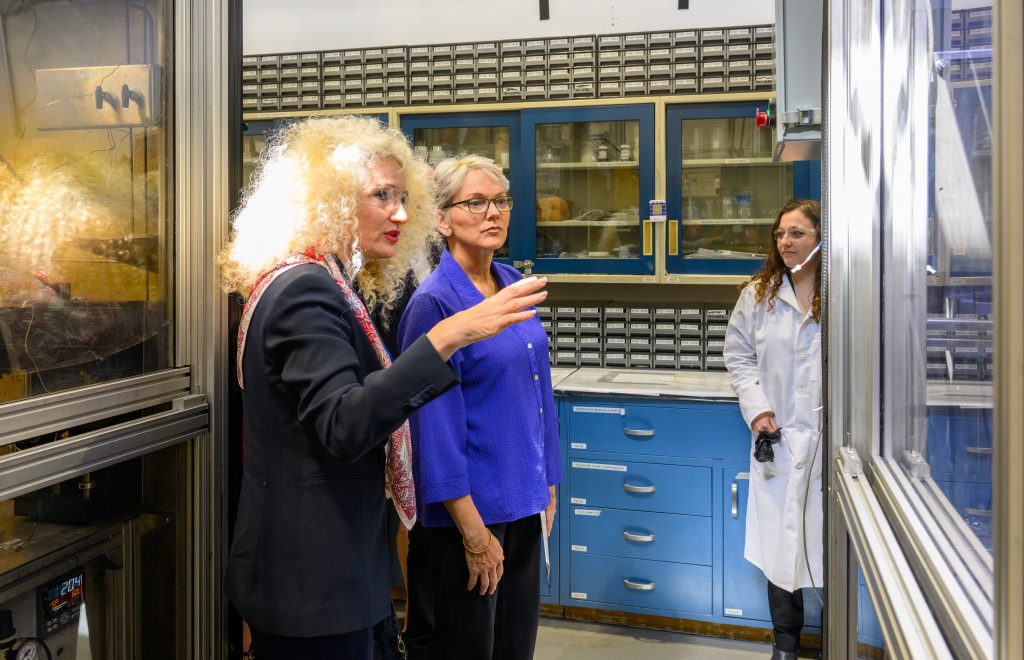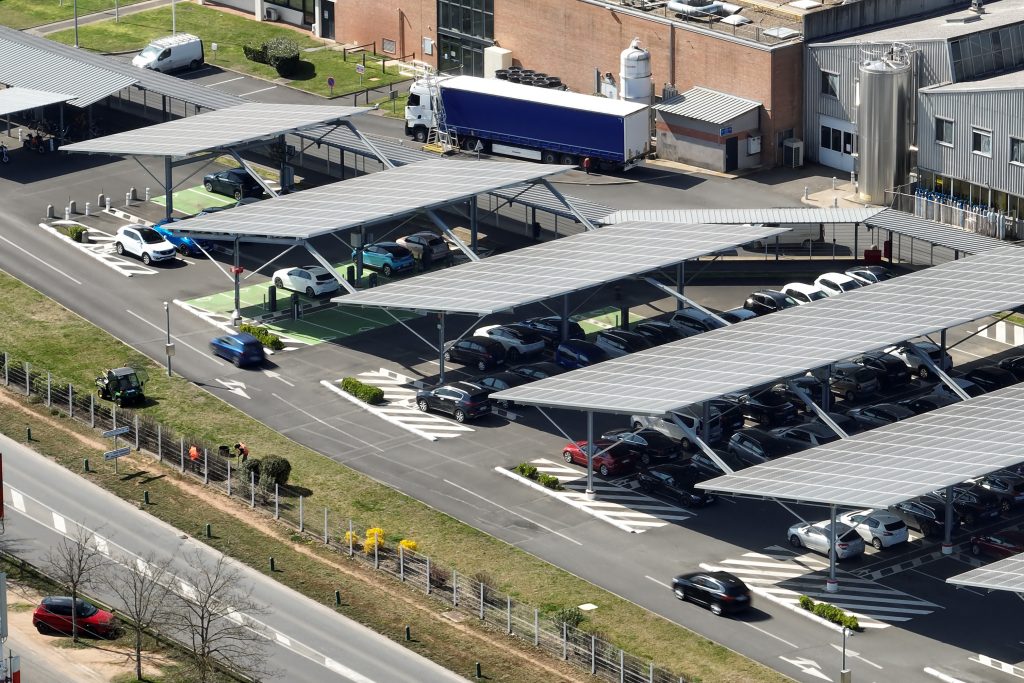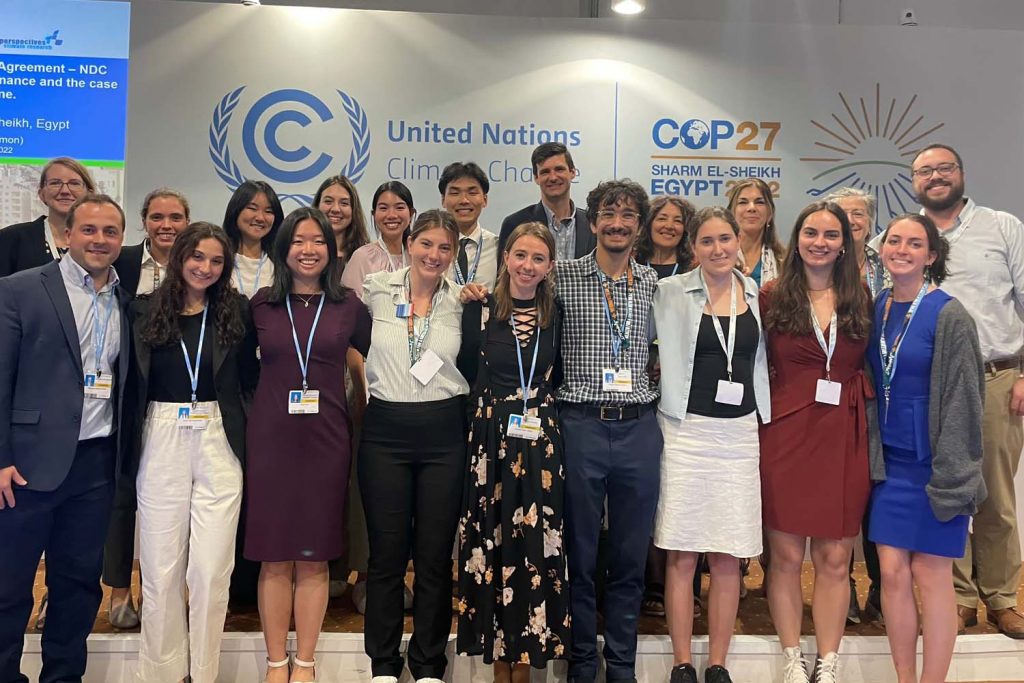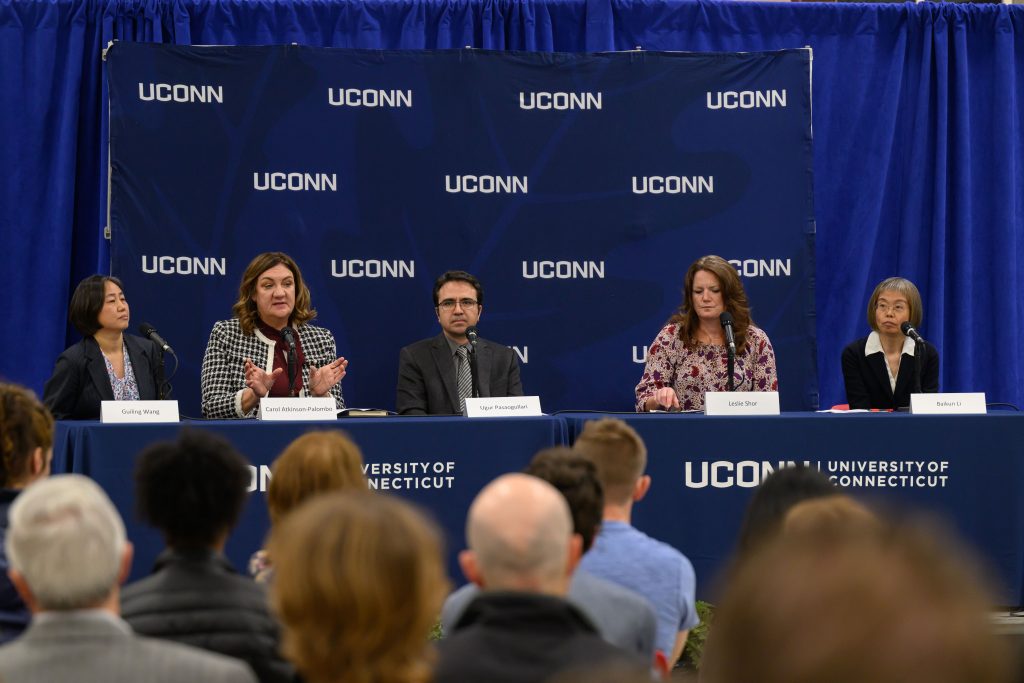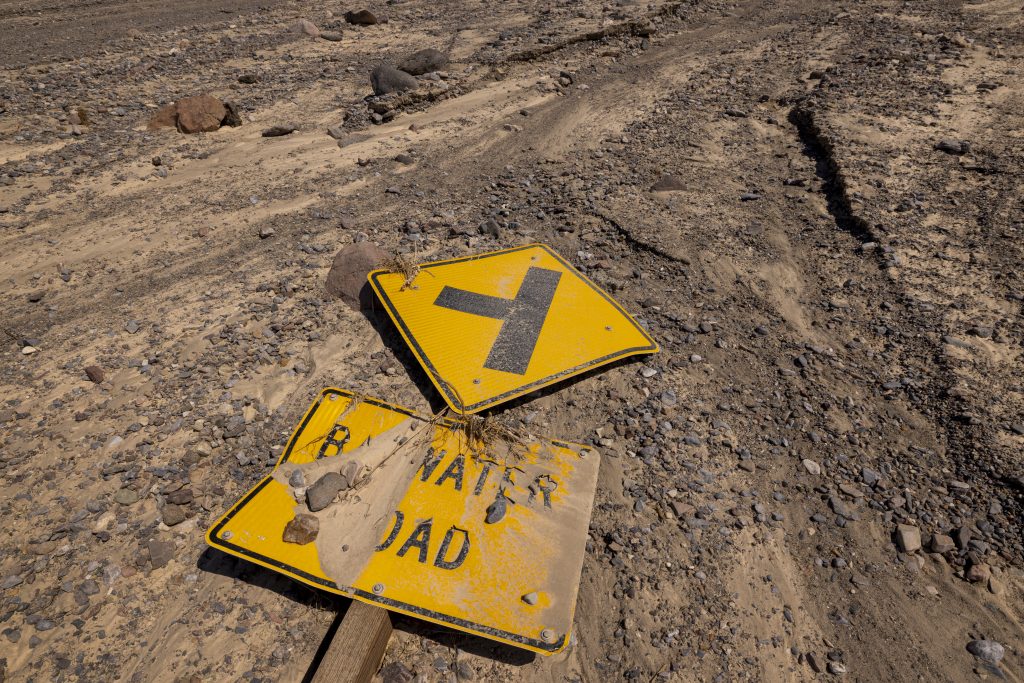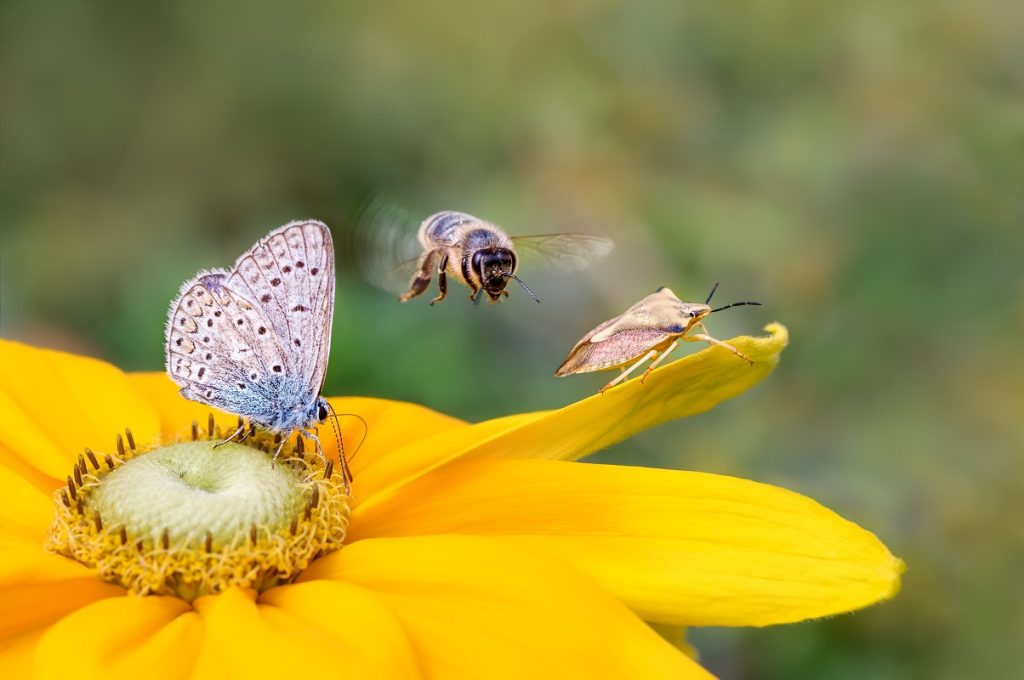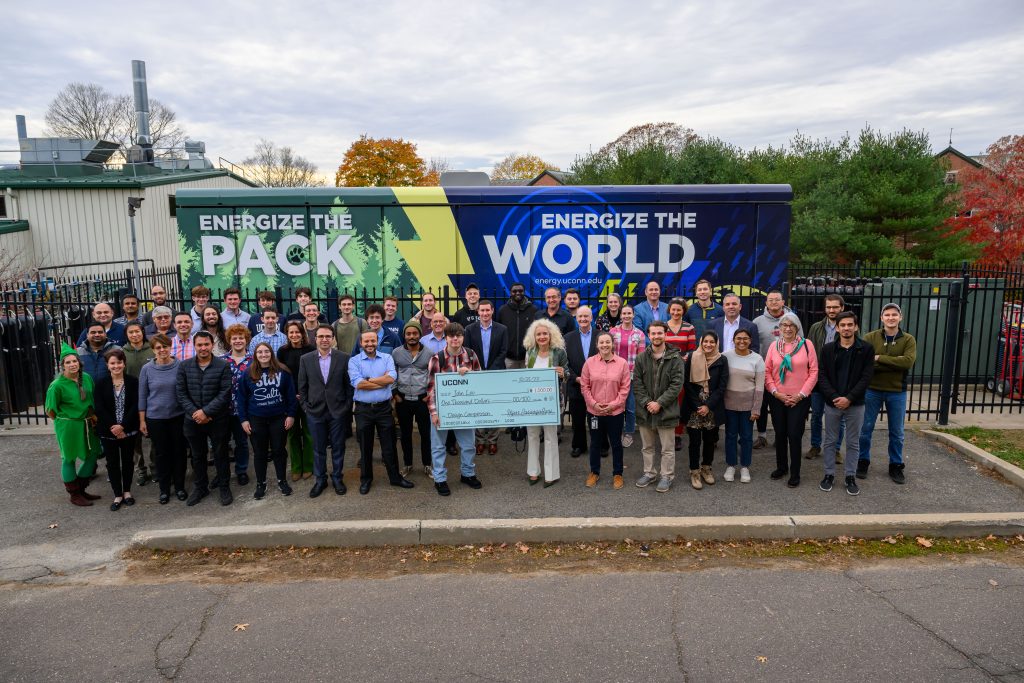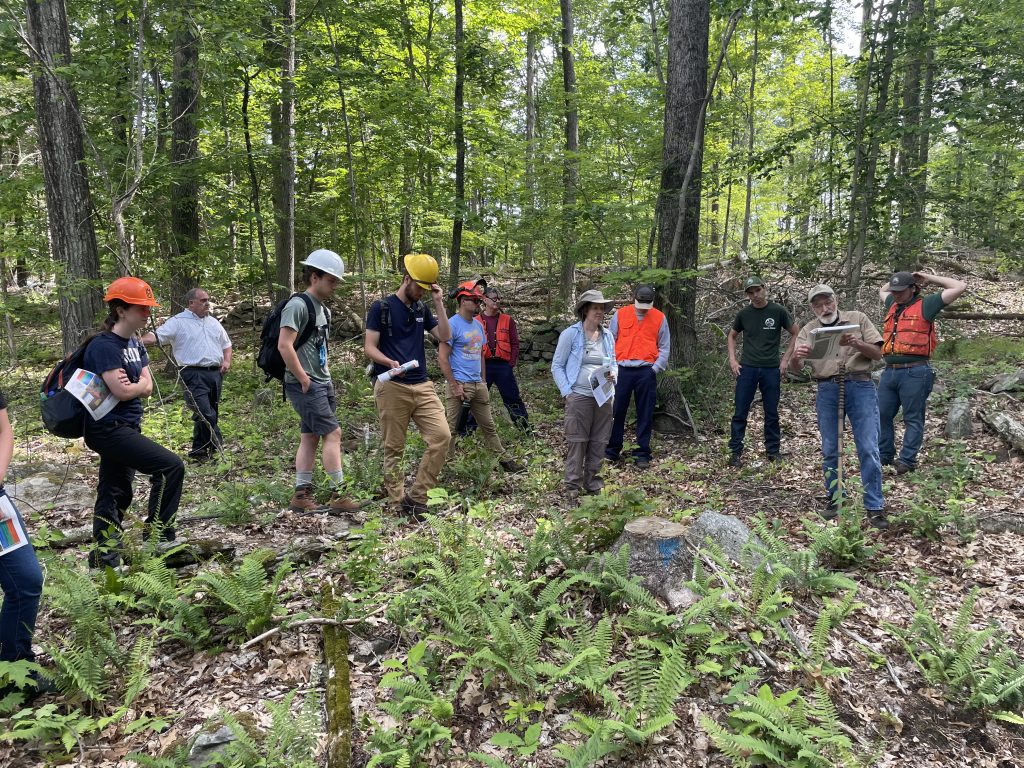Climate change
UConn, R/GA Ventures, CTNext Kick Off Venture Studio Addressing Climate Change
Six companies will create solutions across a range of critical areas of climate and sustainability
February 10, 2023 | Combined Reports
When it Comes to Disaster Prevention Policies, Who Can We Trust?
If politicians seem shady, voters are less likely to spend on disaster prevention measures
December 21, 2022 | Elaina Hancock
UConn Aims to Achieve Carbon Neutrality by 2030 and Become International Model of Sustainability
'There are unique things that we can do at this campus that no other campus is doing. We have the vision, interdisciplinary science, and technologies ready and have to start implementation'
December 6, 2022 | Stephanie Reitz
CIRCA Researchers Helping CT Towns Get Wired in for a Clean Energy Transition
The Inflation Reduction Act is putting unprecedented amounts of money into renewable energy, UConn researchers are helping CT towns access those funds
November 29, 2022 | Elaina Hancock
UConn@COP 27: Looking for Solutions to the Climate Crisis
Students who attended the United Nations conference reflect on what they'll take away from it
November 22, 2022 | Elaina Hancock
In Connecticut, Climate Change is Another Way to Say Opportunity
A forum on UConn’s role in Connecticut’s energy future
November 17, 2022 | Kim Krieger
Using Monsoons of the Past to Predict Climate Conditions of the Future
A team of researchers used ancient climate data to predict how the summer monsoon may change in the North American southwest
November 10, 2022 | Combined Reports
‘Insects Need Our Help in a Warming World, Now’
If no action is taken to better understand and reduce the impact of climate change on insects, scientists warn we will drastically limit our chances of a sustainable future with healthy ecosystems
November 7, 2022 | Combined Reports
New Fuel Cell Gets New Look, Thanks to Student Design
The student design competition has helped spread awareness about the newly installed fuel cell at the Depot Campus
November 1, 2022 | Tanajah Fryer and Matthew Mancini
‘The Problem is Nature Just Isn’t Natural Anymore’
As Connecticut’s trees are pushed to the brink by climate change, UConn researchers are working to help make New England woodlands more resilient
October 31, 2022 | Elaina Hancock
